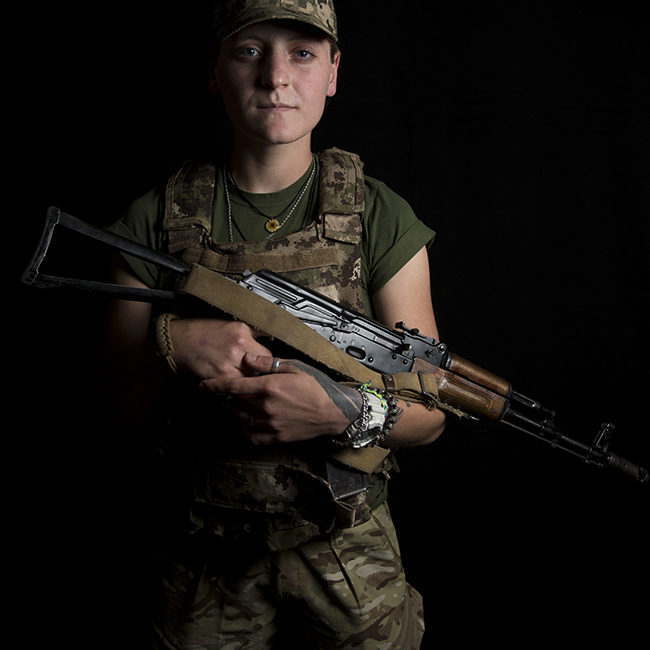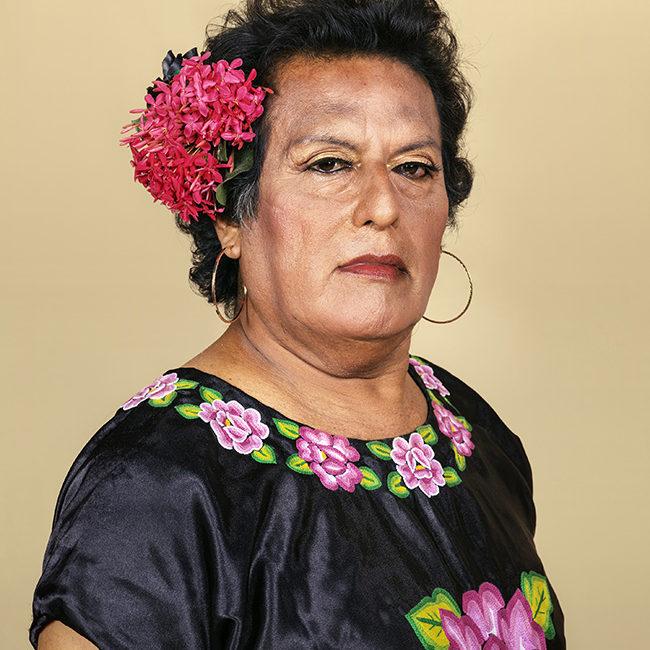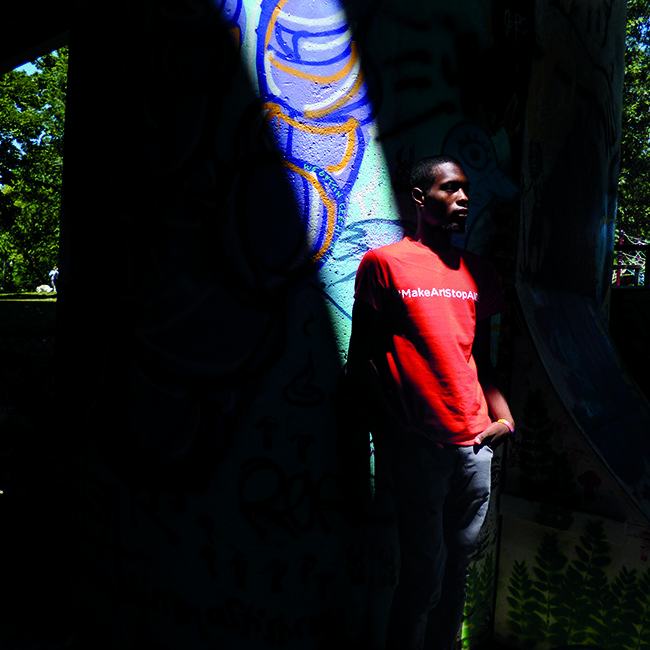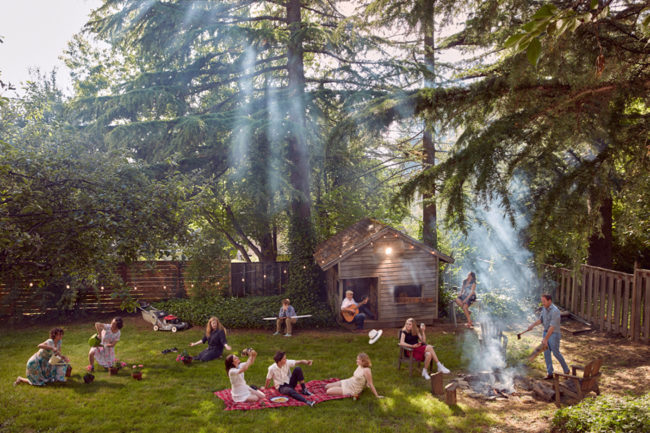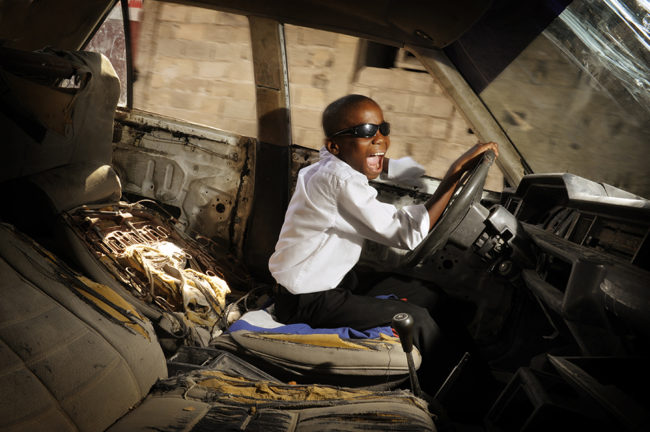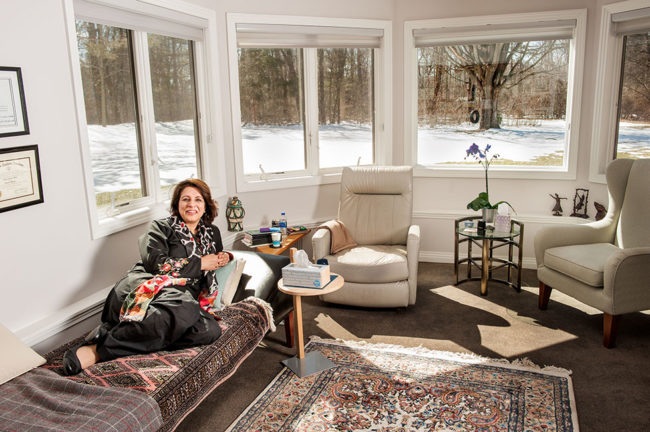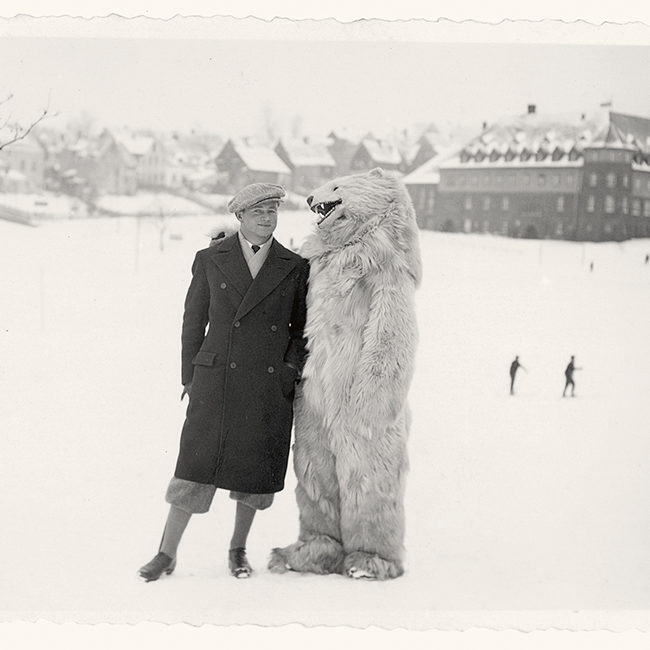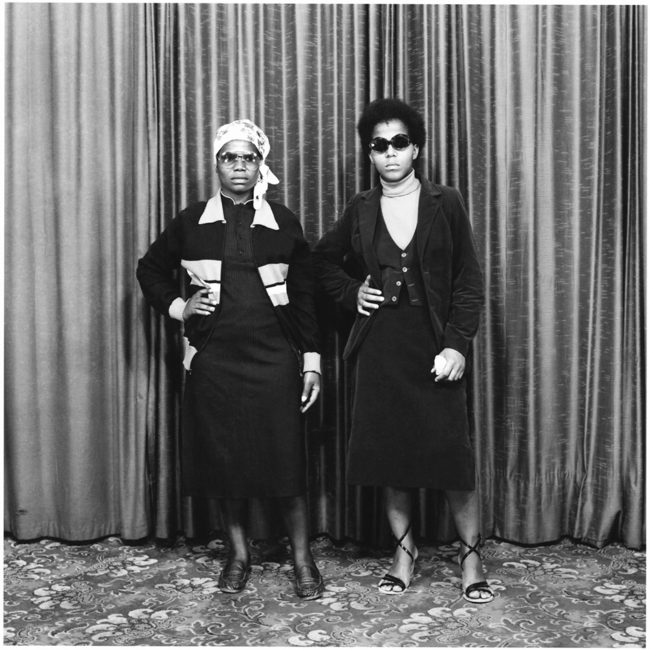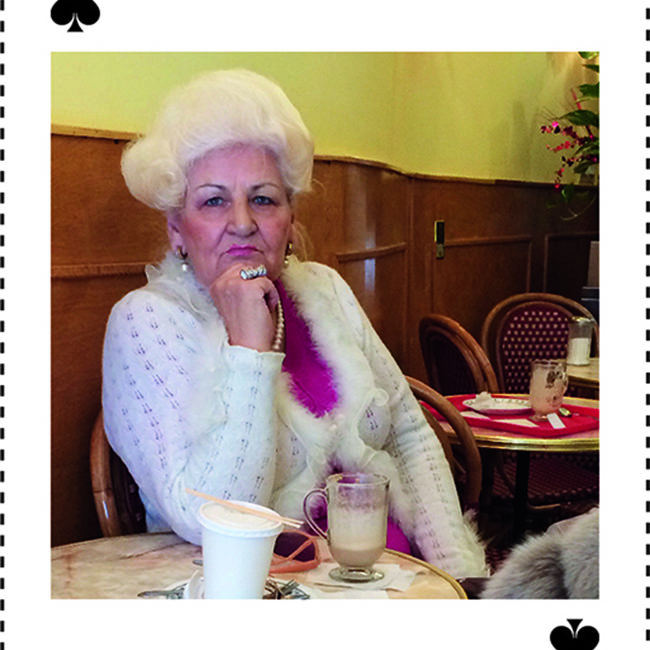From May 2 – 12, 2018, the traveling exhibition, “A Long Separation| 오랜 이별” by Laura Elizabeth Pohl, will make stops at public libraries along the East Coast. Composed of portraits and audio interviews, the exhibition offers an intimate glimpse into the lives of people separated from their loved ones in North Korea since the Korean War ended in 1953.
At a time of uncertainty and rapid political developments on the Korean Peninsula, Pohl would like viewers to “reflect on the personal, unseen, long-term unintended consequences of the Korean War specifically, and war in general.” Thousands of South Koreans, both those living in South Korea and those who immigrated to the United States, remain divided from their family in North Korea. According to data from the South Korean Red Cross, more than 60% are 80 years or older.
“As these family members pass away in the next few decades, so will all direct family ties and living memories between the two Koreas,” writes Pohl in a statement. “This total and involuntary division between families illustrates a unique situation in the aftermath of a modern war.”
Pohl’s attachment to this project is personal. Her mother’s family is originally from North Korea, including her great uncle, Yu II-Sang, who is the inspiration for this project. In an email to PDN, Pohl shared her great uncle’s story: “He moved from the north to the south, leaving his parents and younger sisters behind for what he thought would be a few months. He never saw or heard from them again. He was the first person I interviewed and photographed for this project, and he died several months later at age 90, never knowing the fate of his parents or sisters.”
The ten portraits included in a “A Long Separation| 오랜 이별” are wrapped around a truck. There are phone numbers associated with the portraits that visitors can call to hear excerpts of interviews with the subjects, conducted by Pohl. The ability to make a phone call and hear a loved one’s voice is poignant because callers are participating in a ritual that separated family members cannot share with their relatives in the north. All captions and audio are available in Korean and English.
Pohl is a photographer and filmmaker whose clients include Catholic Relief Services, The Bill and Melinda Gates Foundation, and Bread for the World. She is based in Baltimore, Maryland.
Below are the stories that accompany the images in the gallery above.
Nam Keung-bong, 87, is searching for his wife and his son, who would now be 68 or 69. He has registered for every inter-Korean family reunion since the first one in 2000 to the most recent one in October 2015. He has never been selected. “It’s been almost 70 years. Yeah, it was not easy to accept not being chosen. I’ve almost given up. I wasn’t chosen this time.” Separated family members have to be registered with the South Korean Red Cross to be eligible for reunions. Older people and those wanting to connect with direct relatives – like children, parents, and siblings – are prioritized in the random, computerized selection system. When asked what he would say if he met his relatives again, Nam said, “Seeing their faces is more important. Why talk?”
Park Ki-Soo, 84, has five siblings living in North Korea. His parents also live there, if they are not already deceased, as he assumes. Park remembers that when he was young he helped his parents, who were farmers, water their crops. “I helped my parents and I just lived day by day. It was nothing special, actually.” Park was 17 when a North Korean soldier warned him he would be killed if he didn’t flee. He swam across the freezing Imjin River toward the south in December 1950 with two friends and a brother; his brother died right after the war. “My siblings and my parents most of all must have missed me,” he said. “They didn’t even have any idea where I went or exactly when, and you know the way parents think of their children – you don’t even have to mention it.” Park, who is married with five children, wants to see his parents and siblings again. If they’re no longer alive, he wants to know the dates they died so he can perform traditional Korean rituals for the deceased.
Kim Soo-Ja, 78, came south with her mother and siblings during the Korean War, leaving behind her aunts and grandparents. Her father died in North Korea during the war when the factory he worked at was bombed. “I want to visit my father’s tomb. I really, really, really want to go there.” In Korean culture, it’s important for families to gather at their ancestors’ tombs and pay respects during holidays. Not being able to do so is a tragic situation for many separated family members.
Choi Chil-seong, 81, was 11 when he came south with two older sisters, after his parents died in the north when he was younger. He left behind relatives whose faces he can’t recall anymore. Now, after a life filled with marriage, children, and a career in the South Korean military, Choi’s only wish is to see his hometown again.He visits Imjingak, a town near the border with North Korea, “every New Year’s Day and Thanksgiving day hoping to meet people from my hometown. This country is still divided. My only hope is going back to my hometown, but I cannot do that so I come to this place.”The South Korean government hosts annual Thanksgiving and Lunar New Year ceremonies at Imjingak for separated family members like Choi. Not being able to visit your hometown is a very sad situation for a Korean. In Korean culture, your hometown is an important part of your social identity, evoking feelings of longing for the warmth, happy memories, and the people and landscape of the area.
Kang Neung-hwan, 94, met his son, who lives in North Korea, during the inter-Korean family reunion in Feb. 2014. It was the first time they ever met. “I can’t lie about the blood (relationship). I can see my blood. Yes, right away I noticed him.” Mr. Kang is originally from the north and ended up in the south after the Korean War, not knowing his wife in the north was pregnant and that he would never see her again. “What kind of thinking is this? ‘They are communists and we are a free country.’ Don’t think that way. We are one people from Mt. Baekdu in North Korea to Mt. Halla in Jeju Island, South Korea. We are the same people, so I wish we can unify quickly. I would like to request that the government work a little faster.”
“A Long Separation| 오랜 이별” by Laura Elizabeth Pohl
All events are free and open to the public
Related Articles
Existence and Identity in Korea
Only the Happy Koreans
Do the Right Thing: David Guttenfelder on Ethical Choices
